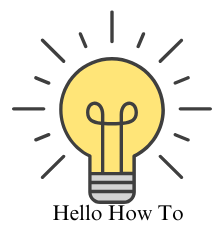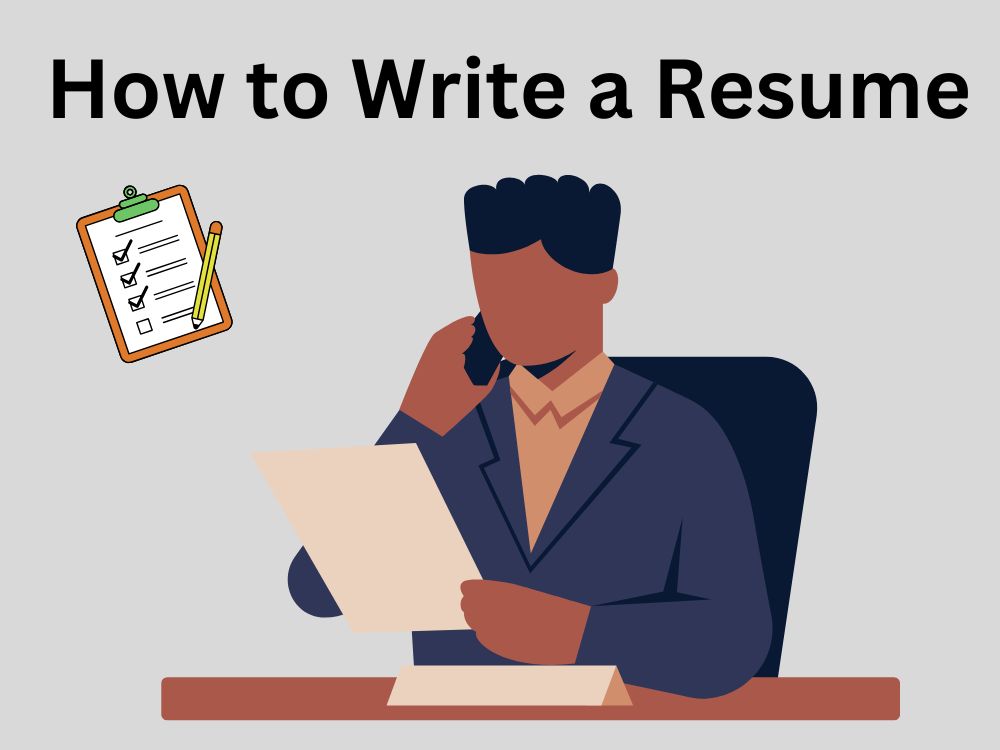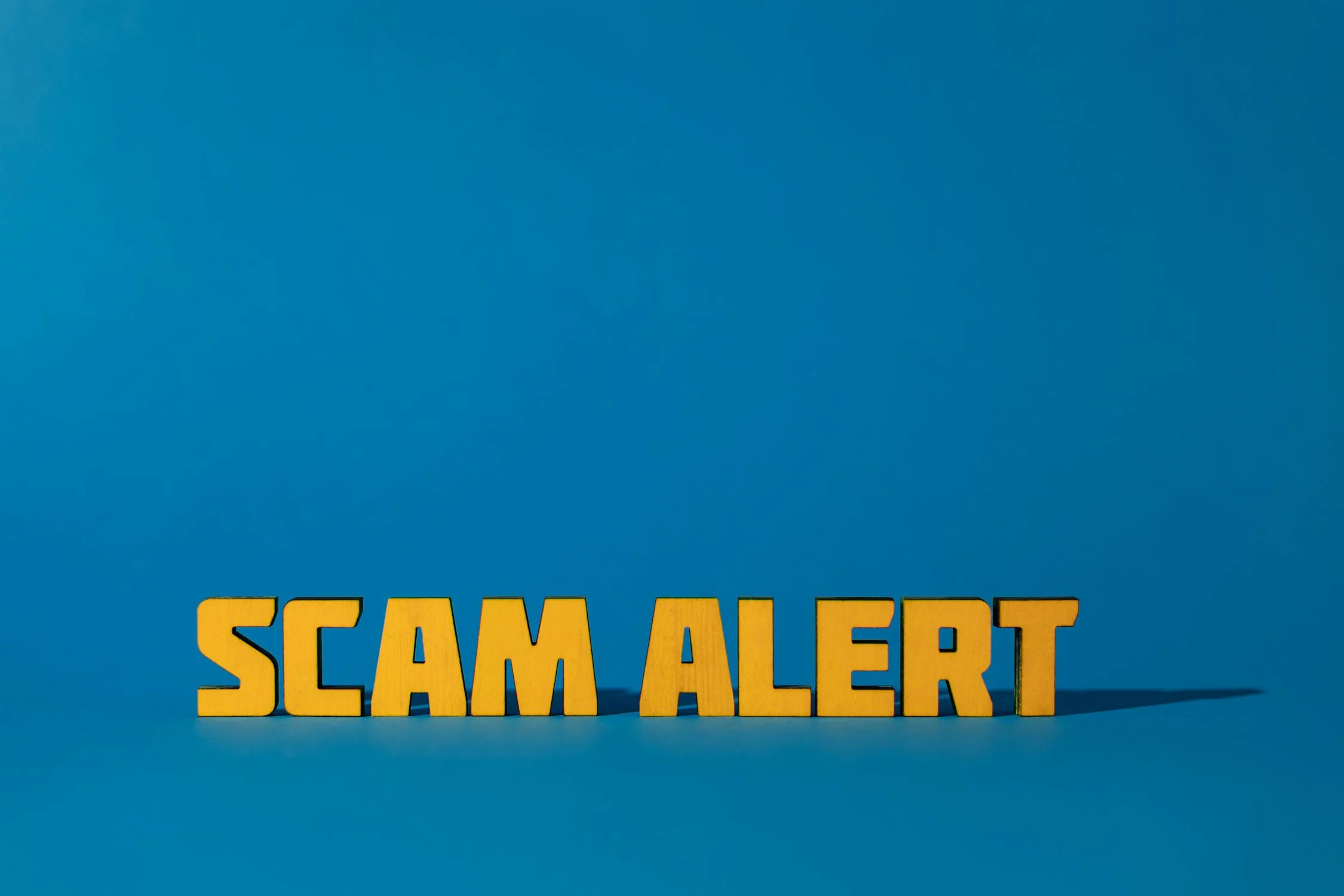Knowing how to write a cover letter is just as important as crafting a strong resume. A well-structured cover letter isn’t just a formality—it’s your chance to make a memorable first impression and show employers why you’re the right fit. Many job seekers underestimate the power of cover letter writing, but the right approach can set you apart from hundreds of applicants.
A poorly written cover letter can get your application ignored, while an engaging one can grab attention instantly. By using the right cover letter writing techniques, you can showcase your skills, experience, and enthusiasm effectively.
Job hunting can be overwhelming—scrolling through endless listings, refining your résumé, and prepping for tough interviews. But for many, the biggest roadblock is figuring out how to write a cover letter that stands out. With so much conflicting advice, it’s easy to feel unsure. Should it be formal or conversational? Short and direct or detailed and persuasive? And in the age of online applications, does anyone even read cover letters anymore?
The truth is, a well-crafted cover letter can be a game-changer. It’s your chance to go beyond bullet points and tell your story—why you’re the perfect fit for the role and what sets you apart. In this guide, we’ll explore how to write a cover letter, cover letter writing techniques, cover letter tips, and cover letter tricks to help you create a compelling cover letter that grabs attention and gets results.
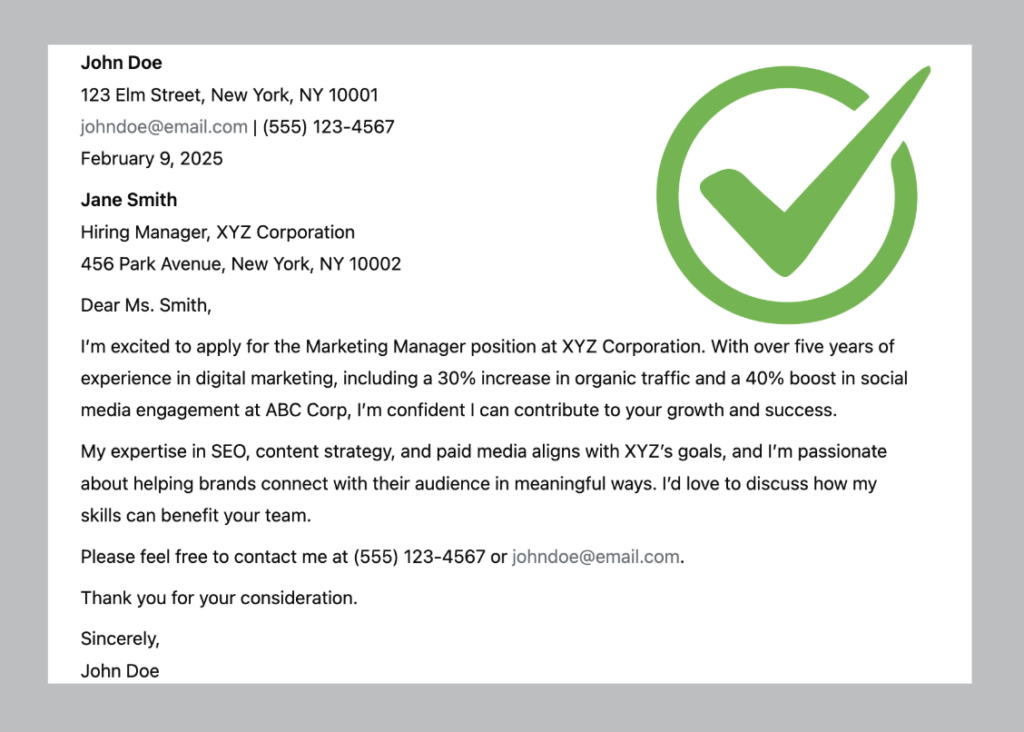
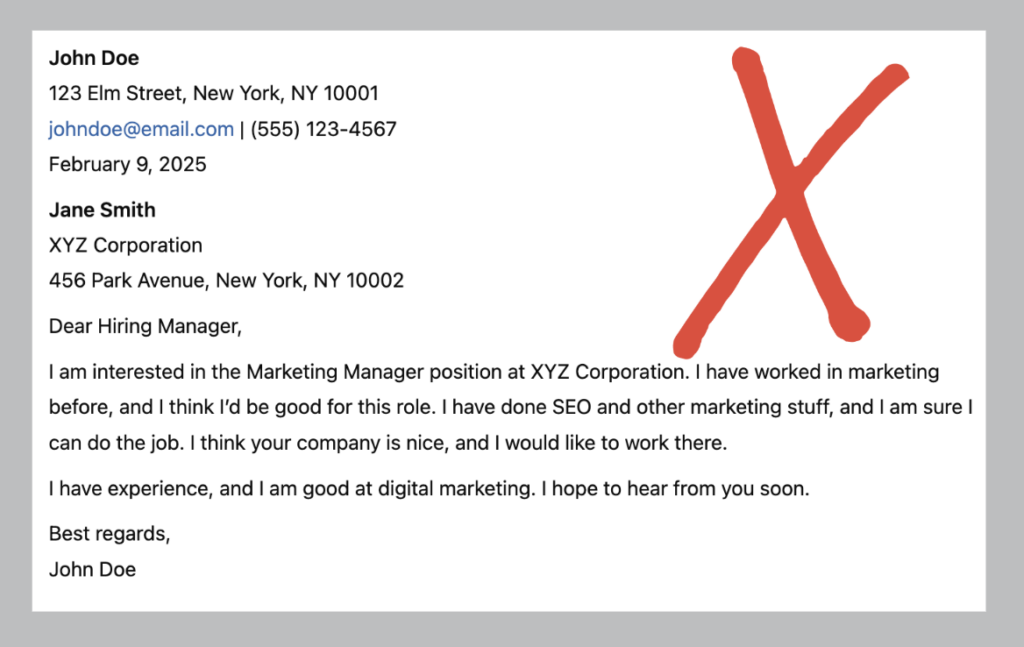
What Is a Cover Letter?
A cover letter is your chance to stand out when applying for a job. It’s not just a formal document that sits next to your résumé—it’s an opportunity to tell your story. While your résumé lists your experience and skills, your cover letter shows why you’re passionate about the role, how your unique background makes you a perfect match, and what you can bring to the company.
Think of it as your personal pitch to the hiring manager—a chance to go beyond the facts and connect emotionally with your potential employer. A great cover letter doesn’t just repeat what’s on your résumé. It explains why your journey so far makes you the ideal candidate for the job, weaving your experience with the company’s needs in a way that truly resonates.
No matter if you’re a seasoned professional or just starting out, the way you craft your cover letter can make a huge difference in how employers see you. Up next, we’ll dive into why a cover letter matters and how it can give you that extra boost in landing your dream job. Still till the end of this art to know the art of writing cover letter for your next job!
How to Write a Cover Letter: A Step-by-Step Guide to Crafting the Perfect Pitch
Writing a cover letter can feel like a daunting task, but it’s one of the most powerful tools in your job application arsenal. A well-crafted cover letter not only introduces you to potential employers but also gives them a glimpse into your personality, passion, and fit for the role. In this step-by-step guide on how to write a cover letter, we’ll break down the process, showing you how to craft a letter that grabs attention, highlights your strengths, and sets you apart from the competition.
1. Start with a Strong Header
The header of your cover letter is the first thing the hiring manager will see, so it’s your chance to set the tone. It should be clear, professional, and easy to read. A strong header creates a good first impression and helps your cover letter stand out from the pile of applications they’re likely sorting through.
What to Include:
- Your Name: Make sure it stands out. You want the hiring manager to remember your name.
- Your Contact Information: Include your phone number, email address, and optionally, a link to your LinkedIn profile or portfolio.
- Date: Keep it simple and current.
- Hiring Manager’s Name and Company Details: If you can, find out who’s hiring for the position and address them directly. If not, a general “Hiring Manager” works.
Example:
John Doe
[email protected] | (555) 123-4567 | linkedin.com/in/johndoe
February 9, 2025
Hiring Manager
XYZ Corporation
123 Business Rd, Suite 456
City, State ZIP
Tips – How to Write a Cover Letter
- Do your research: Look up the name of the hiring manager. A personalized greeting can set you apart from other applicants.
- Formatting is key: Keep it neat and professional. It’s best to use a standard font like Arial or Times New Roman, size 12.
- Be concise: Don’t overcomplicate this section—just the essentials, with clarity and professionalism.
Anecdote:
I once applied for a marketing role where I took the time to research the hiring manager’s name and position. When my cover letter landed on their desk, they immediately noticed that personal touch, which led to an interview. They mentioned it during the conversation: “I loved that you took the time to address me directly.”
2. Address the Hiring Manager
This step is all about making that personal connection. Addressing the hiring manager directly (when possible) shows you’ve taken the time to research and personalize your application. It also makes the cover letter feel more like a conversation than a generic, one-size-fits-all document.
What to Include:
- Hiring Manager’s Name: If you can find it, use their name. If not, “Hiring Manager” is acceptable.
- Job Title (optional): If you know their job title, you can include it, especially in larger organizations where there might be multiple hiring managers.
Example:
“Dear Mr. Smith,”
OR
“Dear Hiring Manager,”
Tips – How to Write a Cover Letter
- Do your research: Look up the company’s website or LinkedIn to find the right person. If you can’t find it, call the company’s HR department and ask who the best person to address your letter to is.
- Avoid generic greetings: “To Whom It May Concern” can feel impersonal and outdated. Always try to find a specific name.
- Be respectful: If you’re unsure about the gender of the hiring manager, stick with their full name (e.g., “Dear Alex Johnson”) or use the neutral “Hiring Manager.”
Anecdote:
I remember applying for a creative director position at a well-known design firm. Instead of addressing it to a generic “Hiring Manager,” I found the creative director’s name on LinkedIn. When I walked into the interview, the first thing they said was, “You got our attention right away when you addressed me directly in the cover letter.” It helped make the first impression memorable and led to a strong interview!
Bonus Tip:
If you’re applying to a large company and you’re unsure of the exact person to address it to, try using the job title, like “Dear Marketing Team” or “Dear Customer Service Department,” but make it as personal as you can.
3. Write a Compelling Opening Paragraph
The opening paragraph of your cover letter is your golden opportunity to grab the hiring manager’s attention. You have a few short lines to make an impact, so think of this as your personal “elevator pitch.” It needs to be engaging, direct, and give them a reason to keep reading.
What to Include:
- Why you’re excited about the position: Show enthusiasm and passion for the role.
- What draws you to the company: Highlight something specific about the company that excites you, whether it’s their values, products, or industry standing.
- Introduce yourself briefly: Mention your current position or relevant experience in one or two sentences.
Example:
“I’m excited to apply for the Marketing Manager position at XYZ Corporation. With over 5 years of experience in digital marketing and a passion for creative strategy, I’ve been following XYZ’s innovative approach to social media, and I’m eager to contribute to your dynamic team. I believe my expertise in brand building and campaign management aligns perfectly with your company’s goals.”
Tips – How to Write a Cover Letter
- Start with enthusiasm: Don’t hold back! Let your excitement shine through right from the first sentence. Hiring managers want to know you’re genuinely interested.
- Be specific: Avoid generic phrases like “I’m really excited about this job.” Instead, mention why you’re excited—what about the company or role stands out to you.
- Keep it concise: Your opening should set the tone and draw the reader in, but it shouldn’t be long-winded. Aim for 2–3 sentences that pack a punch.
Anecdote:
When I applied for a marketing position at a start-up I admired, my opening paragraph was something like this: “I’ve been following your journey for years, and the way you turned a small social media campaign into a viral sensation was nothing short of inspiring. I’m thrilled at the opportunity to bring my experience in content creation to a team that’s as passionate about innovative marketing as I am.” The hiring manager later mentioned that it was this specific, enthusiastic tone that made my application stand out.
Bonus Tip:
If you’re transitioning to a new industry or role, briefly mention how your transferable skills make you a great fit for the position.
4. Highlight Your Relevant Skills and Experience
This is the heart of your cover letter. It’s your chance to show the hiring manager why you’re the perfect fit for the job. You want to connect your past experiences with the specific needs of the role, showcasing how you can add value to their team. Focus on the skills and experiences that are most relevant to the job you’re applying for.
What to Include:
- Key skills: Pick 2-3 skills that are directly related to the position and highlight them in a way that demonstrates your expertise.
- Relevant experience: Share a brief example of a past project or accomplishment that relates to the job you’re applying for.
- How your skills will benefit the company: Instead of just listing what you’ve done, explain how it will make a difference for the employer.
Example:
“In my current role as a Digital Marketing Specialist at ABC Inc., I’ve led successful email marketing campaigns that resulted in a 30% increase in customer engagement. I’m skilled in data-driven marketing strategies, and I’ve used tools like Google Analytics and SEMrush to improve campaign performance. I’m confident that my expertise in these areas will allow me to contribute to XYZ Corporation’s goal of expanding its online presence.”
Tips – How to Write a Cover Letter
- Focus on achievements: Whenever possible, back up your claims with concrete numbers or results (e.g., “increased sales by 20%” or “managed a team of 10”).
- Match your experience to the job description: Look at the job posting and pull out key qualifications. Then, show the hiring manager how your experience aligns with those qualifications.
- Keep it relevant: Don’t try to cover everything you’ve ever done. Be selective and focus only on what will help you get the job.
Anecdote:
When I applied for a project management role at a tech firm, I highlighted my experience managing a cross-functional team on a time-sensitive project. I explained how I led the team to complete the project ahead of schedule, saving the company $10,000 in costs. The hiring manager later told me that my specific example showed them I could handle the pressure and deliver results, which ultimately helped me land the role.
Bonus Tip:
If you’re switching careers or don’t have direct experience in the role, focus on transferable skills. For example, project management, communication, leadership, or problem-solving skills can apply across many industries.
5. Explain Why You’re a Good Fit for the Company
Now that you’ve highlighted your skills and experience, it’s time to connect the dots. This section is all about showing the hiring manager not just why you’re a great candidate, but why this company should hire you. You want to demonstrate that you understand the company’s culture, values, and mission, and explain how you’re aligned with those.
What to Include:
- Your understanding of the company: Show that you’ve researched the company and understand what they do and how they operate.
- How your values align: Mention something about the company’s mission or culture that resonates with you personally and professionally.
- Your enthusiasm for contributing: Explain how you can make a positive impact at the company and why you’re excited about the opportunity to work there.
Example:
“I’ve been following XYZ Corporation’s impressive work in the sustainability space, and I admire your commitment to reducing your carbon footprint. As someone who’s passionate about environmental issues, I feel strongly that my background in green marketing strategies can help elevate your brand’s message and reach a wider, eco-conscious audience. I’m excited about the chance to contribute to your innovative team and help grow your presence in this space.”
Tips – How to Write a Cover Letter
- Be specific: Instead of saying “I love your company,” provide concrete examples. What specific projects, values, or achievements attracted you to the company? This shows you’ve done your homework.
- Align your values: Employers want to know that their new hire will fit into the company culture. Share why the company’s values resonate with you, and explain how that connection can enhance your performance and enthusiasm in the role.
- Show genuine interest: Don’t just focus on how the company will benefit from hiring you—show how you will benefit from being a part of their team too.
Anecdote:
When I applied for a non-profit position, I talked about how I admired their work in community outreach and how my background in social media marketing could help amplify their mission. The hiring manager mentioned that my alignment with their values was one of the key reasons they called me in for an interview. It made them feel confident that I’d be passionate about the work and a good cultural fit.
Bonus Tip:
If you don’t know much about the company, check out their website, social media, and any news articles or press releases. Understanding their mission, recent projects, or industry reputation can give you the insight you need to tailor this section.
6. End with a Strong Closing Statement
The closing paragraph is your chance to leave a lasting impression. It should be confident, polite, and encourage the hiring manager to take the next step—whether it’s scheduling an interview or reviewing your résumé. A strong closing ties everything together and leaves the hiring manager eager to learn more about you.
What to Include:
- Thank the employer: Show appreciation for their time and consideration.
- Express enthusiasm: Reaffirm your excitement about the opportunity and your interest in the role.
- Call to action: Politely suggest next steps, like scheduling an interview or following up. You can express your hope to discuss how you can contribute to their team.
Example:
“Thank you for considering my application for the Marketing Manager position. I’m excited about the opportunity to contribute to XYZ Corporation’s innovative campaigns, and I’m confident that my skills and experience align with your team’s goals. I would love the chance to discuss how I can contribute to your success. Please feel free to contact me at [Your Phone Number] or via email at [Your Email]. I look forward to hearing from you.”
Tips – How to Write a Cover Letter
- Be concise but confident: Your closing should leave no room for doubt that you’re eager to continue the conversation.
- Stay professional: Avoid over-familiarity or being too casual. While enthusiasm is great, maintain a professional tone.
- Include your contact info: Even though your contact details are on your résumé, it’s good practice to include them in your cover letter closing too, making it easy for the hiring manager to reach out.
Anecdote:
When I was applying for a content writing position, I ended my cover letter with: “I’d love to discuss how my writing experience can help you achieve your content goals. Please feel free to contact me at [Phone Number] or email me at [Email]. I look forward to the opportunity to chat!” The hiring manager told me later that my closing line stood out because it was polite, enthusiastic, and made it clear I was eager to talk further.
Bonus Tip:
Don’t forget to add a polite sign-off like “Sincerely” or “Best regards” before your name. It keeps things professional and respectful. By ending on a strong note, you’ll leave the hiring manager with no doubt that you’re the candidate they want to speak with.
7. Proofread and Edit Your Cover Letter
Now that you’ve poured your heart into your cover letter, it’s time for the final polish. A cover letter full of errors, typos, or awkward phrasing can undo all the hard work you’ve put into making it perfect. Proofreading ensures that your cover letter is clear, professional, and error-free.
What to Do:
- Read it out loud: Reading your cover letter aloud helps you catch mistakes you might not notice when reading silently. It also helps you check if the flow and tone sound natural.
- Check for spelling and grammar: Typos are an easy way to lose credibility. Use tools like Grammarly or even Microsoft Word’s built-in spell checker, but don’t rely solely on them. Always review your letter carefully.
- Ensure clarity and conciseness: Make sure your message is clear and to the point. Avoid jargon or over-complicated sentences that might confuse the reader.
- Ask someone else to review: It’s always a good idea to have another pair of eyes look over your letter. They might spot something you missed.
Example:
After writing my cover letter for a project management position, I had a friend read it over. She noticed I had repeated the same word in one sentence, and I’d accidentally left out a transition word in another. Thanks to her, I was able to fix those mistakes before submitting it.
Tips – How to Write a Cover Letter
- Take a break: After finishing your cover letter, step away for a little while. This helps you come back to it with fresh eyes, making it easier to spot errors.
- Use online tools: Tools like Grammarly, Hemingway, and ProWritingAid can help with grammar, punctuation, and sentence structure. But remember, nothing beats your own eyes!
- Be thorough: Don’t just check for typos—look at your overall structure. Does it make sense? Does it flow well from one point to the next?
Bonus Tip:
When proofreading, focus on one thing at a time—grammar, punctuation, tone, etc. Breaking it into small tasks will help you catch more mistakes.
Tailoring your cover letter for each job application is crucial. A one-size-fits-all approach just doesn’t cut it, especially when hiring managers are looking for candidates who have taken the time to understand the specific role and the company’s needs.
Here’s how you can make sure each cover letter is suited to the job you’re applying for:
Personalize for Each Job
- Read the job description thoroughly: Understand the specific requirements and responsibilities of the role. This will help you tailor your skills and experience to what the employer is looking for.
- Adjust the opening paragraph: Mention why you’re specifically interested in this role and this company. If the job is different from your previous ones, highlight your enthusiasm to transition into the role and how your skills will help you succeed.
- Showcase relevant experience: If you’re applying for different roles, you’ll want to emphasize the experience that aligns best with each job. For example, if you’re applying for a marketing position at one company and a customer service role at another, the experience you highlight will change accordingly.
- Adjust your tone: The tone of your cover letter may also vary depending on the company culture. A more formal tone might be appropriate for a corporate job, while a creative role at a start-up might allow for a more casual and quirky approach.
Example:
Let’s say you’re applying for two different roles—one in project management and one in digital marketing. In your project management cover letter, you’ll focus on your experience managing teams, timelines, and resources. For the digital marketing position, you might highlight your expertise in SEO, content creation, and campaign analysis.
Tips – How to Write a Cover Letter
- Focus on what’s relevant: Emphasize skills and experiences that directly match the job description for each role.
- Use the job title: Include the exact job title in your letter to make sure it’s clear which role you’re applying for.
- Don’t forget the company culture: Align your tone with the company’s style. If the company has a fun, casual culture, feel free to show some of your personality. If it’s more formal, keep things professional.
Why It’s Important:
A generic cover letter can come across as lazy or like you’re not fully invested in the position. When you personalize it, you show the employer that you’re truly interested in the role and that you’ve taken the time to understand their needs. This effort can make a big difference when it comes to standing out from the crowd!
Anecdote:
I once applied to two roles in different industries—one in tech and one in marketing. For the tech role, I focused on my experience managing IT projects and my problem-solving skills. For the marketing job, I highlighted my digital strategy experience and my creative approach to campaigns. I was able to land interviews for both positions because each cover letter spoke directly to the role I was applying for, and the hiring managers felt that I understood their specific needs.
Bonus Tip:
Create a template that you can easily customize. This way, you won’t have to start from scratch each time but will still ensure that each cover letter is tailored to the specific role.
This flexibility allows you to apply for different jobs without compromising your chances!
A cover letter isn’t just a formality—it’s your chance to showcase your skills and prove you’re the best fit for the job. It’s your opportunity to go beyond your résumé and demonstrate why you’re the perfect candidate. Learning how to write a cover letter that speaks directly to the employer and aligns with their needs is the key to standing out in a sea of applicants.
By following the steps and pouring your passion into your writing, you’re setting yourself up for success. Don’t just apply—take control of your job search and let your cover letter be the reason they pick up the phone to call you. Your future starts here, so make every word count!
How to Write a Cover Letter – FAQ
1. What is the purpose of a cover letter?
A cover letter is your opportunity to introduce yourself to an employer, showcase your personality, and explain why you’re the best fit for the job. It complements your résumé by providing context to your experience and skills.
2. Do I really need a cover letter for every job application?
Yes! Even if the job posting doesn’t explicitly ask for one, a cover letter can set you apart from other applicants and show your enthusiasm for the position.
3. How long should my cover letter be?
Your cover letter should be no more than one page. Keep it concise, engaging, and to the point—ideally, around 3-4 short paragraphs.
4. Should I use a formal or casual tone in my cover letter?
It’s best to maintain a professional yet approachable tone. Avoid being too formal or overly casual; strike a balance that reflects the company culture.
5. How do I customize my cover letter for different jobs?
Tailor each cover letter to the specific job by highlighting the skills and experiences that align with the job description. Show how you fit the company’s needs rather than using a generic letter.
6. What should I include in the opening paragraph?
In the opening, mention the job you’re applying for, how you found the position, and a brief mention of why you’re excited about the role. Make it personalized and specific.
7. Should I repeat everything from my résumé?
No. Use your cover letter to expand on the key experiences and accomplishments from your résumé. It’s a chance to tell the story behind the bullet points and explain how you can add value to the company.
8. Can I mention my salary expectations in the cover letter?
Typically, it’s better to leave salary discussions for the interview. However, if the job listing explicitly asks for this, you can mention it briefly in your cover letter.
9. How can I make my cover letter stand out?
Focus on the unique skills and experiences you bring to the role. Use specific examples, quantify achievements where possible, and show enthusiasm for both the company and the position.
10. Should I include a closing statement in my cover letter?
Yes! End your cover letter by thanking the employer for their time and consideration, and express your eagerness to discuss your application further in an interview.
